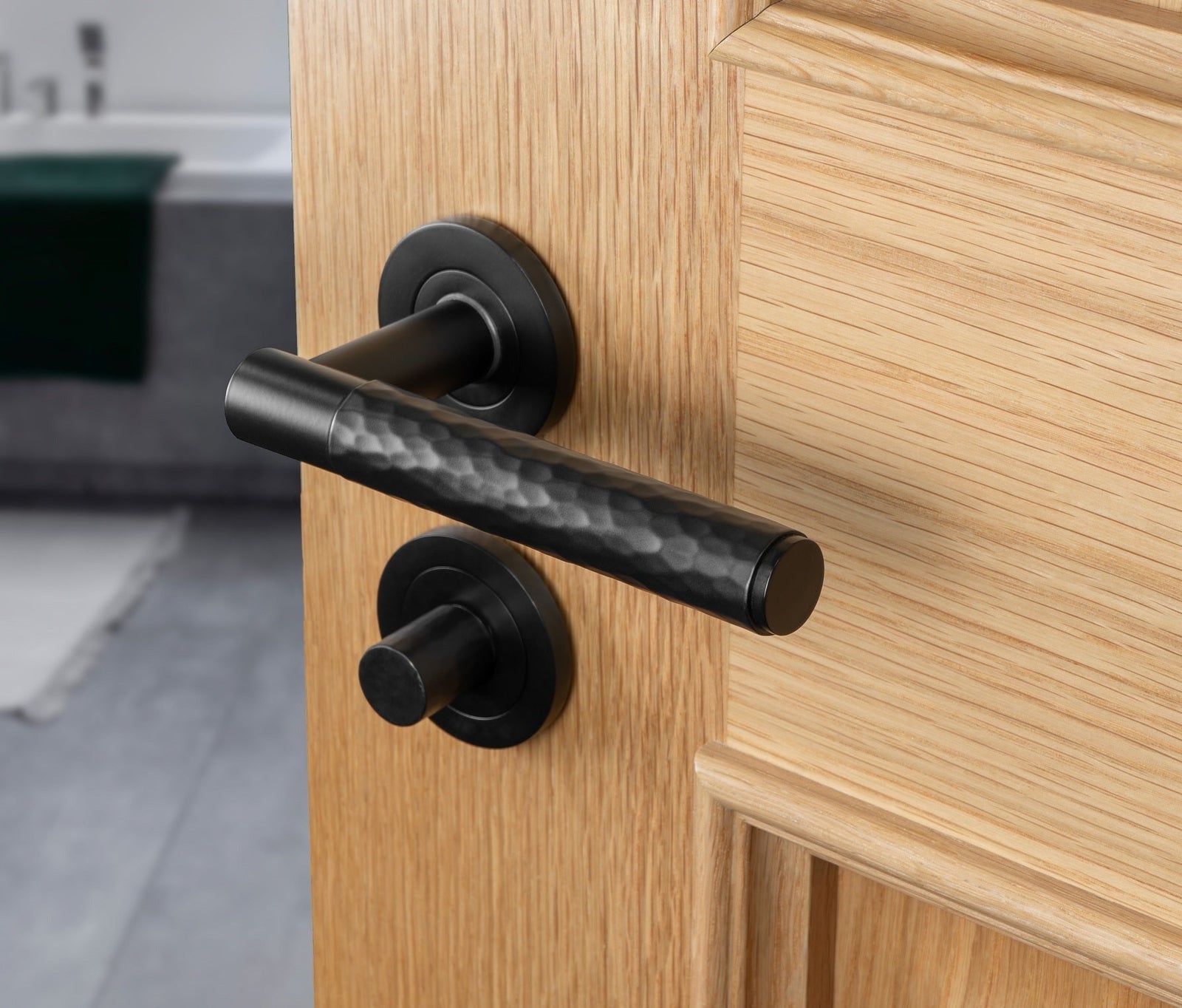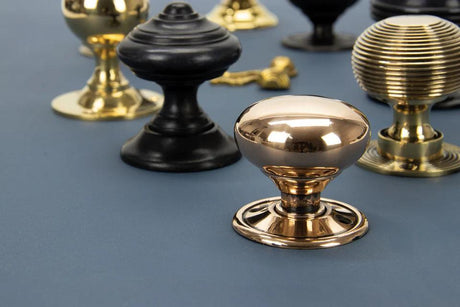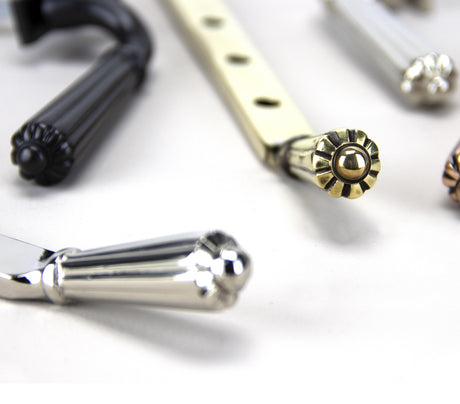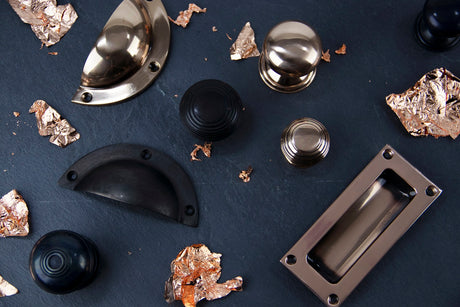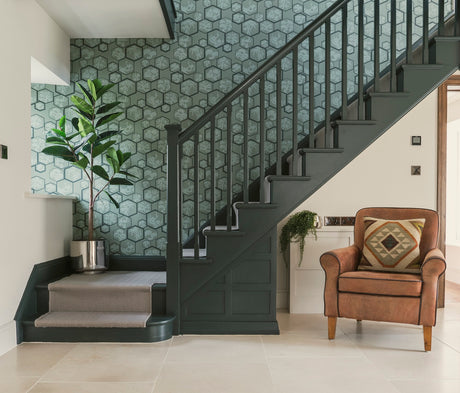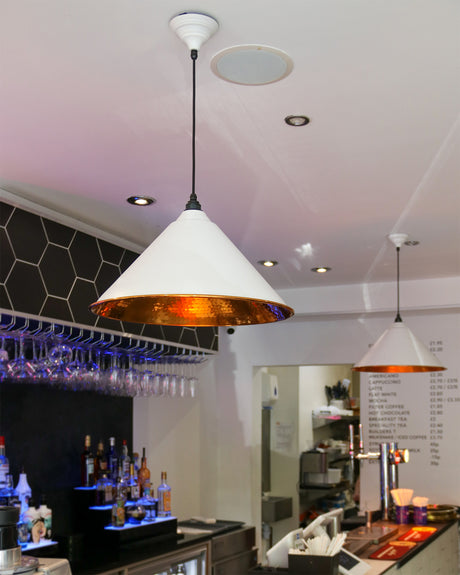Your Guide to Bathroom Locks Why Choosing the Right Bathroom Lock Matters
In every home, privacy in the bathroom is paramount. Yet, the decision on whether to install a lock on your bathroom or WC door can vary greatly depending on your living situation. Bathroom locks serve not just as a means of privacy but also as an element of interior design that can complement your home's aesthetic. This guide is designed to navigate you through the array of lock options available, ensuring you make an informed decision before proceeding with installation.
Understanding Your Options for Bathroom Locks
Choosing the right bathroom lock involves understanding the different types that cater to various needs and preferences. From traditional sliding door bolts to modern bathroom turn and release mechanisms, each option offers unique benefits. Here’s a deeper look into these options.
Sliding Door Bolts
Sliding door bolts represent the simplest and most traditional form of bathroom locks. These are installed on the inside face of the door, sliding into a receiver on the door frame to secure the door. Available in a wide range of styles, sizes, and finishes, from Traditional Antique Black Bolts to Modern Satin Chrome options, sliding door bolts offer versatility to match any décor scheme.
Typically, the bolt is encased in a metal body, operated by a simple lever or handle. Various receiver plates are provided to accommodate different installation preferences, whether on the door frame or recessed into it. However, it’s important to note that a sliding door bolt is accessible only from the inside, posing potential access issues in emergencies, especially with children or elderly individuals.
Bathroom Turns on Door Handles on Backplates
At Trade Door Handles, we proudly present our collection of bathroom turn-and-release door handles on backplates, where sophistication meets functionality. These meticulously designed handles are engineered to operate flawlessly with bathroom doors, elevating both privacy and aesthetic appeal. Our extensive assortment caters to diverse décor preferences, offering two principal variants: Privacy Handles and Bathroom Lock Handles. Each type serves distinct purposes, and understanding their differences is crucial for making an informed choice. To delve deeper into these options and find the perfect fit for your space, please see the detailed information below.

Privacy Door Handles on a Backplate
Privacy Door Handles on a backplate are a popular choice for those seeking a straightforward solution to bathroom privacy. These handles are typically used with a mortice latch and feature a thumb turn on the inside and a coin slot on the outside. This design allows for the door to be locked from the inside for privacy, while still providing a means of access from the outside in case of an emergency.
The operation of Privacy Door Handles is simple yet effective. Turning the snib engages a piece of metal behind the backplate, which restricts the movement of the spindle and thus locks the door. This system is particularly advantageous because it can be installed onto an existing door with a latch, making it an efficient upgrade for enhancing bathroom privacy.
However, it's important to note that while Privacy Door Handles are convenient, they have limitations in terms of security. The locking mechanism, being somewhat rudimentary, can sometimes be forced open, which has led to a decline in their popularity. Manufacturers have increasingly moved towards designing handles that require the use of a dedicated bathroom lock for enhanced security and reliability.

Bathroom Lock Handles on a Backplate
Bathroom Lock Handles represent a more secure evolution of the Privacy Door Handles. These handles also feature a thumb turn on the inside and a coin slot on the outside for emergency unlocking. The crucial difference lies in the requirement for these handles to be used with a specific Bathroom Lock. This setup ensures a more secure locking mechanism, as turning the snib from the inside activates a deadlock that extends into the casing, securely locking the door.
The main advantage of Bathroom Lock Handles over privacy variants is their enhanced security. The deadlock mechanism makes the door more resistant to being forced open, providing peace of mind regarding privacy and safety. These handles are designed to be compatible with simple bathroom locks, focusing on privacy rather than high security, which is generally sufficient for most domestic environments.
Bathroom Lock Handles are available in various styles to match any décor, similar to their privacy counterparts. When selecting a handle, it's crucial to ensure that it is compatible with a Bathroom Lock, as the two components work together to provide the locking function. This requirement does mean that replacing an existing door handle with a Bathroom Lock Handle may necessitate the installation of a new lock, which could involve additional effort compared to installing a privacy handle.
Understanding Mortice Bathroom Locks
An essential component in ensuring bathroom privacy and security is choosing the right lock. Mortice Bathroom Locks are a popular choice for their reliability and the variety of sizes and specifications they offer. These locks are designed to fit neatly into a slot cut into the door's edge, providing a clean and integrated look that complements any door design.
Key Features of Mortice Bathroom Locks
Mortice Bathroom Locks are available in two primary sizes: 2.5" and 3". This sizing refers to the depth of the lock case itself, allowing for compatibility with different door thicknesses and preferences in handle placement. The choice between these sizes often depends on the specific requirements of the door and the aesthetic preferences of the homeowner or designer.
A standout feature of these locks is their spindle hole specifications, accommodating the latch and bathroom turn spindles. The latch spindle hole (or follower) is typically 8mm, a common size that ensures compatibility with a wide range of door handles. Directly below this, you will find a 5mm hole intended for the bathroom turn spindle, which is used to operate the lock from the inside. It's worth noting that in some cases, particularly in commercial settings, the bathroom turn spindle hole may be 8mm to accommodate more robust turning mechanisms.
The alignment of the spindle hole and bathroom turn hole adheres to an industry standard, ensuring that when you choose a Mortice Bathroom Lock, you’re getting a product designed to fit seamlessly with standard door hardware. This standardization simplifies the selection process for homeowners, builders, and designers alike, ensuring that compatibility concerns are minimized.

Choosing the Right Mortice Bathroom Lock
When selecting a Mortice Bathroom Lock, consider the following:
- Door Thickness: Ensure the lock size aligns with the thickness of your door. A deeper lock may offer more robustness but requires a thicker door to accommodate it.
- Handle Compatibility: Verify that your chosen door handles are compatible with the spindle sizes of the lock. Most residential door handles will fit the standard 8mm spindle, but it’s crucial to check this compatibility to avoid installation issues.
- Aesthetic and Functional Needs: Consider the lock's appearance and how it complements your bathroom's overall design.
- Commercial vs. Residential Use: For commercial applications, where doors may be subject to more frequent use or require compliance with accessibility standards, opting for a lock with an 8mm turn spindle might be beneficial.
Incorporating Mortice Bathroom Locks into your bathroom design can significantly enhance privacy and security. With their industry-standard specifications and variety in sizes, these locks offer a blend of functionality and aesthetic appeal, making them a favoured choice for both residential and commercial projects.
Bathroom Turn and Release on a Rose
Bathroom Turn and Release on a Rose presents a modern and stylish solution for bathroom door locking mechanisms. These devices are designed to blend seamlessly with the aesthetic of contemporary and traditional door handles, available in either square or round roses to match any interior design.
The primary function of Bathroom Turns is to lock or unlock the door from the inside using a turn knob, while a coin slot on the outside allows for emergency access. This setup offers a balance between privacy and safety, ensuring that the bathroom can be accessed in case of an urgent situation.
The versatility in the design of Bathroom Turns on a Rose means they can be used with a variety of lock types, including mortice bathroom locks and mortice deadbolts. Most joiners prefer using Mortice Dead Bolts with these turns due to their simplicity and the flexibility they offer in terms of installation.
Moreover, for commercial environments or spaces requiring higher accessibility standards, bathroom turns with indicators (usually showing red and green) are available. These indicators provide immediate visual feedback on the occupancy status of the bathroom, enhancing usability and safety in public or commercial settings. Additionally, models with longer levers are designed to assist those who may find it challenging to operate standard turns, such as in disabled toilets, making bathrooms more accessible to all users.
Mortice Dead Bolts
Mortice Dead Bolts offer a specialized alternative for securing bathroom doors. Unlike Mortice Bathroom Locks , which combine the latch and lock in a single casing, Mortice Dead Bolts separate these functions. This separation allows for greater flexibility in installation, especially when fitting door knobs or handles on a rose.
The compact size of Mortice Dead Bolts makes them easier to install compared to traditional lock cases, and they allow the installer to adjust the distance from the edge of the door where the bolt is fixed. This adaptability is particularly useful for custom or non-standard door designs.
Mortice Dead Bolts are available in various sizes, enabling you to select the correct distance from the edge of the door to complement your choice of door handle or knob. Whether for domestic or commercial use, these bolts provide a secure locking mechanism that emphasizes privacy over high-level security, making them an ideal choice for bathroom doors.
Choosing the Right Size and Type
When selecting a bathroom lock , the right size and type are crucial for ensuring that the lock fits properly and functions as intended.
Measuring and Selecting the Correct Size
Mortice Lock Cases and Tubular Deadbolts are typically available in sizes such as 2.5" (64mm) or 3" (76mm), with corresponding backset measurements that are crucial for proper installation. The backset is the distance from the edge of the door to the centre of the hole for the knob or handle, which determines where these fixtures will sit on the door.
To choose the correct lock size, measure the distance from the edge of the door to the desired position for the centre of the door handle or knob. Select a lock with a backset that matches this measurement as closely as possible. This ensures that the handle or knob is positioned correctly for both aesthetics and functionality.

Design Considerations for Door Handles and Knobs
The choice of door handles on a backplate or door handles on a rose often dictates the type of lock needed. For example, door handles on a backplate are generally compatible with the 2.5" lock size, whereas handles on a rose may require the 3" version, especially if the door is glazed, to avoid drilling too close to the glass.
For door knobs, a longer backset is typically required to ensure comfortable use without hitting the door frame. Mortice Dead Bolts can be selected to match the backset size, ensuring that the handle and thumb-turn align perfectly on the door's face.
Your Guide to Bathroom Locks
Practical Tips for Installation and Maintenance
Installing and maintaining bathroom locks might seem daunting, but with the right approach, it can be a straightforward and rewarding process. Here are some practical tips to help you ensure a smooth installation and maintain the functionality of your locks over time.
Installation Tips
- Read the Instructions: Before starting the installation, thoroughly read the manufacturer's instructions. Different types of locks might have specific requirements or steps that are crucial for proper installation.
- Measure Twice, Drill Once: Accuracy is key when installing door locks. Double-check your measurements for the lock's placement, especially the backset, to ensure the handle or knob and the lock mechanism align correctly.
- Use the Right Tools: Ensure you have all the necessary tools before beginning the installation. Typically, you might need a drill, screwdriver, chisel, and measuring tape. Using the right tools can make the installation process smoother and prevent damage to your door and the lock.
- Test Before Finalizing: After installing the lock but before finalizing everything (e.g., tightening all screws), test the mechanism to ensure it operates smoothly. This allows you to make any necessary adjustments without having to undo your work.
Maintenance Tips
- Regular Cleaning: Keep your lock and handle mechanism clean from dust and debris, which can accumulate over time and hinder the lock's functionality. A soft cloth slightly dampened with a mild cleaner is usually sufficient.
- Lubrication: Periodically lubricate the moving parts of the lock mechanism with a dry lubricant. Avoid using oil-based lubricants as they can attract dirt and gum up the workings.
- Check for Loose Components: Over time, screws and other components may loosen due to regular use. Periodically check these parts and tighten them as needed to ensure the lock functions smoothly.
- Address Issues Promptly: If you notice any problems with the lock mechanism (e.g., sticking, difficulty locking/unlocking), address them promptly. Small issues can quickly escalate into bigger problems if left unattended.
Professional Advice and Support
While many homeowners are comfortable installing and maintaining bathroom locks themselves, there's no substitute for professional advice and support. If you're unsure about the type of lock that's best for your needs, or if you encounter difficulties during installation or maintenance, don't hesitate to reach out to professionals.
At Trade Door Handles, we offer comprehensive solutions for both domestic and commercial projects. Our team is available to answer your questions, make recommendations based on your specific requirements, and provide tips for installation and maintenance. With our expertise, selecting and caring for your bathroom locks becomes an effortless process.
Conclusion
Choosing the right bathroom lock is essential for maintaining privacy and security in one of the most intimate spaces of your home. Whether you opt for a traditional sliding door bolt , a modern bathroom turn and release , or a secure mortice deadbolt , understanding the functionalities, installation requirements, and maintenance tips can significantly enhance your bathroom's usability and longevity. Remember, the key to a successful bathroom lock installation lies in careful planning, precise execution, and regular maintenance.
FAQ
What should I do if my bathroom lock is sticking?
If your bathroom lock is sticking, first try cleaning and lubricating the mechanism. Dust and grime can cause the parts to stick, so use a mild cleaner to wipe down the lock and a dry lubricant on the moving parts. If the problem persists, check for misalignment or wear and consider replacing the lock if necessary.
Can I replace a bathroom door handle with a lock mechanism by myself?
Yes, with basic DIY skills and the right tools, you can replace a bathroom door handle with a lock mechanism. Ensure you have accurate measurements and understand the type of lock compatible with your door. Follow the installation instructions carefully, and don’t hesitate to seek professional advice if you encounter difficulties.
How often should I lubricate my bathroom door lock?
It’s recommended to lubricate your bathroom door lock at least once a year. However, if you notice any stiffness or squeaking, it might be time to lubricate it sooner. Use a dry lubricant specifically designed for locks to prevent attracting dirt and debris.
What's the difference between a privacy lock and a bathroom lock handle?
The main difference lies in their locking mechanism and installation requirements. Privacy Lock Door Handles work with a mortice latch to lock the door. A thumb turn on the inside activates a snib that moves a piece of metal behind the backplate, restricting the spindle's movement and thus locking the door. These handles can be quickly installed onto an existing door with a latch, offering a convenient way to enhance privacy.
On the other hand, Bathroom Lock Handles require the installation of a specific bathroom mortice lock. When the inside turn is activated, it extends a lock bolt, securing the door firmly. This mechanism ensures a higher level of security and privacy as it physically blocks the door from being opened, unlike the privacy lock, which primarily relies on restricting handle movement.
Who can I contact for help if I'm unsure about installing a new bathroom lock?
If you’re unsure about installing a new bathroom lock, it’s best to contact a professional locksmith or a Joiner.

